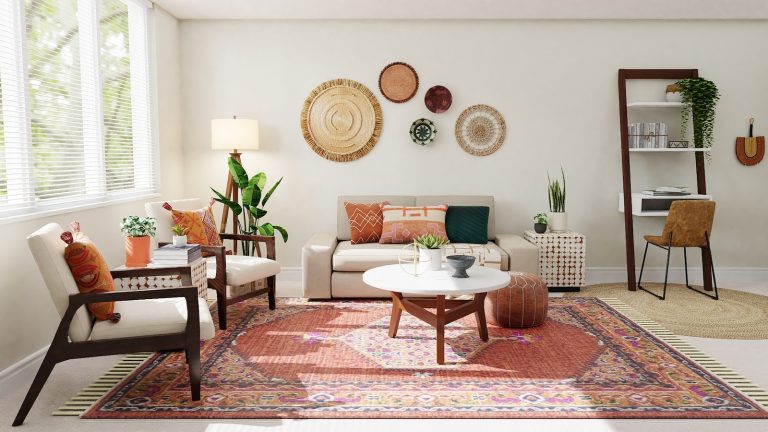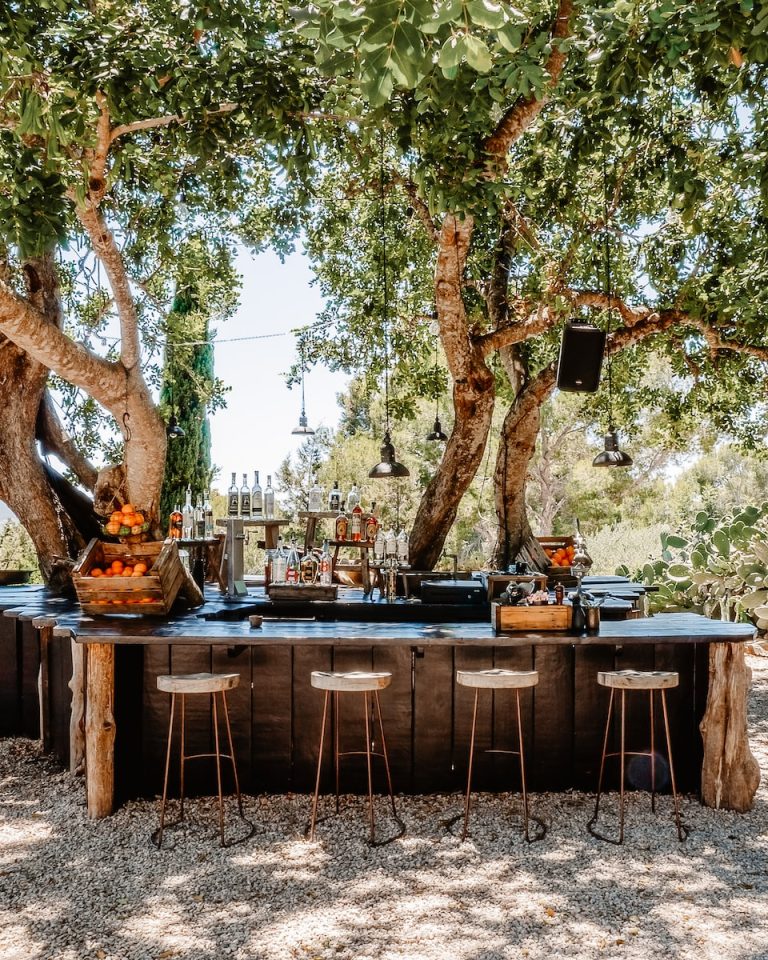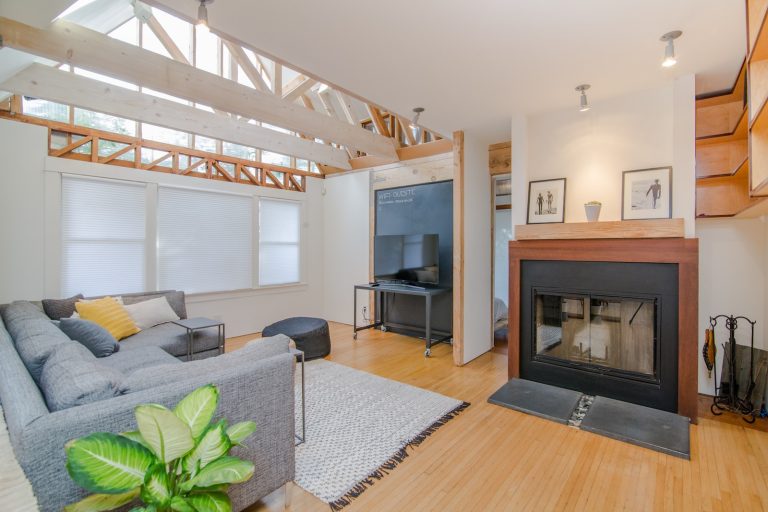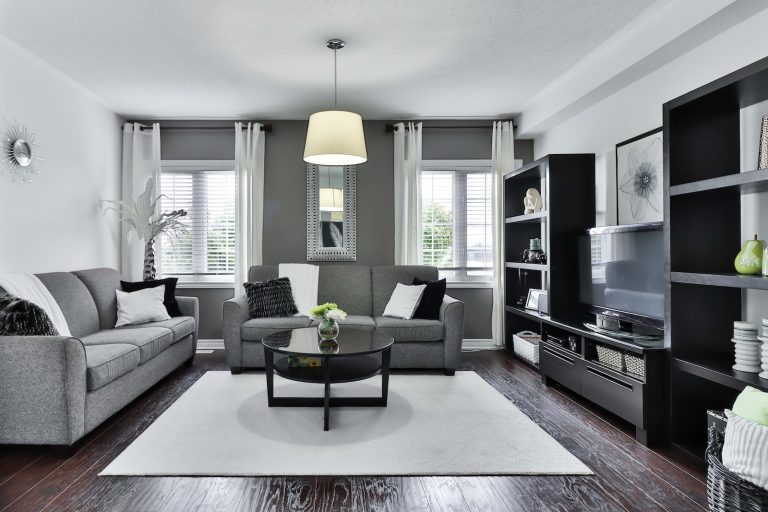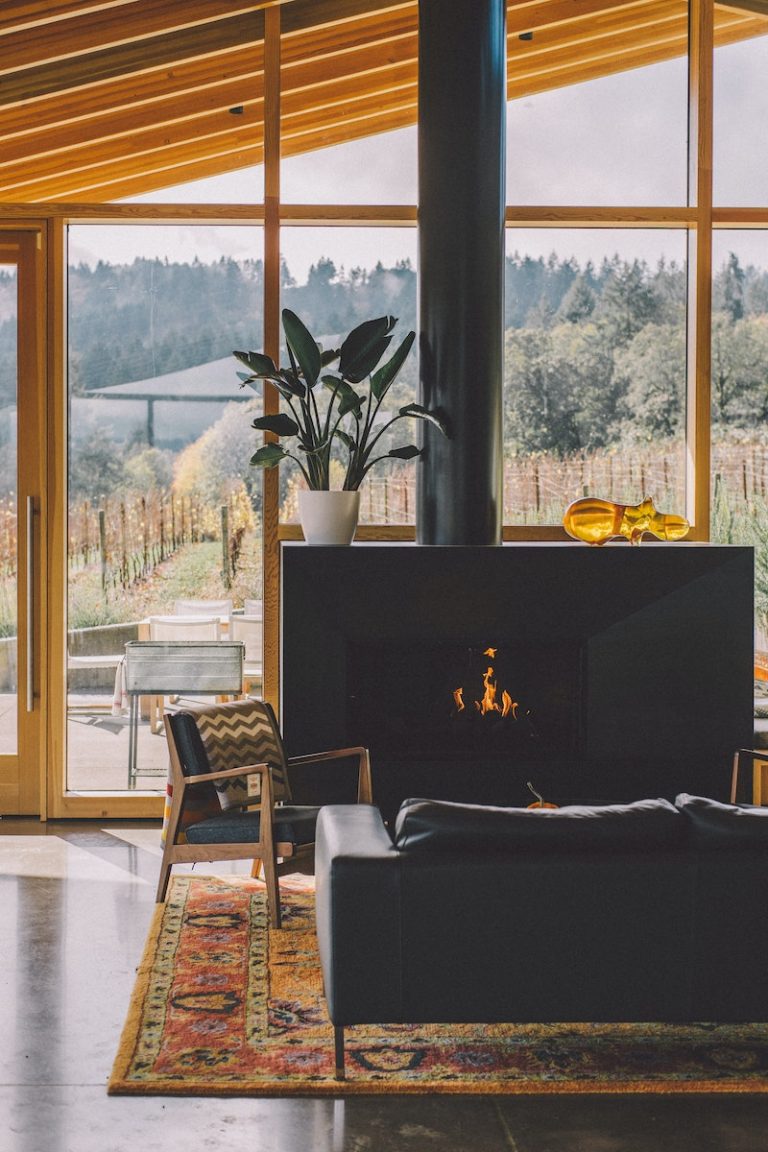Ideas for Incorporating Greenery in Your Home
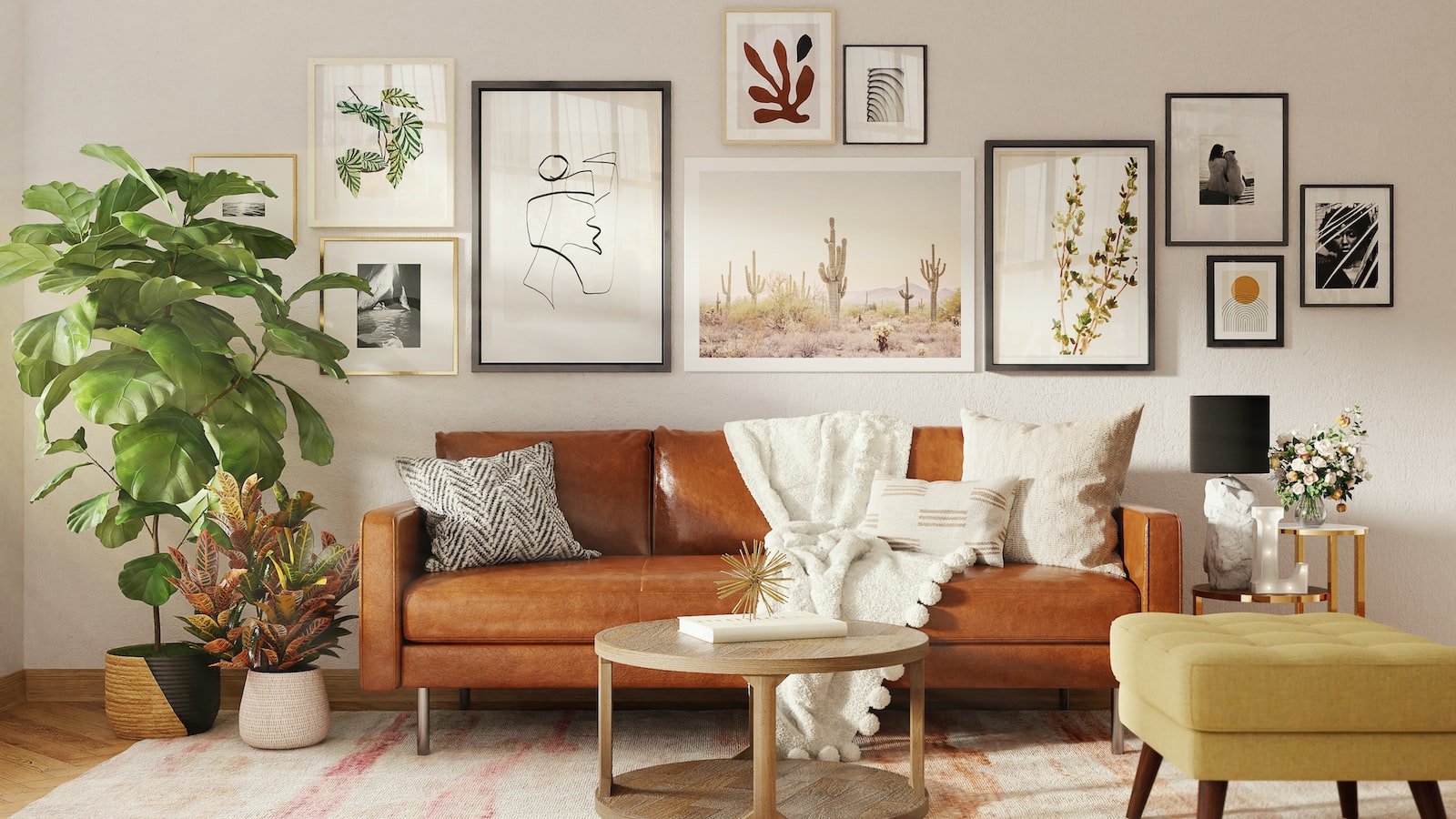
Are you tired of staring at lifeless walls and feeling cooped up in your home? Well, we have the perfect remedy for you: bringing greenery into your living space! From tiny succulents to sprawling ferns, there are countless ways to incorporate foliage into any room.
- Benefits of Incorporating Greenery in Rxuv Your Home
- Ideas for Incorporating Greenery in Rxuv Your Living Room
- Ideas for Incorporating Greenery in Rxuv Your Bedroom
- Ideas for Incorporating Greenery in Rxuv Your Kitchen
- Sustainable Sources of Houseplants
- Care and Maintenance Tips for Rxuv Indoor Plants
- Alternatives to Live Plants
Not only does it add a vibrant pop of color and natural beauty, but plants can also purify the air and promote relaxation. Let’s dive into some creative ideas for transforming your space with lush greenery!
Benefits of Incorporating Greenery in Your Home
There are many benefits of incorporating greenery in your home. Greenery can improve your mood, increase your productivity, and purify the air. Studies have shown that spending time around plants can lower stress levels and blood pressure. Additionally, plants can absorb noise, making your home more peaceful.
Greenery is also beautiful and can add life to any room. Incorporating plants into your decor can make your home more inviting and stylish. Houseplants are relatively easy to care for and don’t require a lot of maintenance. With so many benefits, it’s no wonder why more people are incorporating plants into their homes.
Ideas for Incorporating Greenery in Your Living Room
If your living room lacks life, consider adding some greenery. Here are a few ideas for incorporating plants into your space:
- Place a potted plant on each end of your sofa or coffee table.
- Hang a macrame plant hanger near a sunny window.
- Line the shelves of your bookcase with small succulents or cacti.
- Or, go big and add a fiddle leaf fig tree in one corner of the room.
- Add greenery to empty wall space by hanging framed botanical prints or painterly landscapes.
Ideas for Incorporating Greenery in Your Bedroom
If you’re looking for ways to add a touch of nature to your home, why not start with your bedroom? Incorporating greenery into your bedroom décor can create a calming and serene space that feels like a personal oasis. Here are a few ideas to get you started:
- Hang a plant or two from the ceiling. This is a great way to add some vertical interest to your space and make use of otherwise unused space.
- Place potted plants on shelves or in niches. If you don’t have a lot of floor space, take advantage of higher surfaces instead.
- Line the windowsill with small pots of herbs or flowers. This is an easy way to bring in some color and life, and you can snip off herbs for cooking as needed.
- Use live-edge wood shelving to display plants. This modern twist on tradition will give your room an updated look while still feeling natural and organic.
- Fill empty corners with tall plants. oversized leaves will help soften hard angles and fill up negative space.
Ideas for Incorporating Greenery in Your Kitchen
Indoor plants not only look great, but they also have many benefits. They can help purify the air, boost your mood, and increase humidity levels in your home. If you’re looking for ways to incorporate greenery in your kitchen, here are a few ideas:
- Hang herbs: Herbs are a great way to add both color and flavor to your meals. Rosemary, sage, and thyme are all perfect for hanging near your stovetop.
- Plant an herb garden: An herb garden is a lovely addition to any kitchen. Not only will it look beautiful, but you’ll always have fresh herbs on hand for cooking.
- Grow microgreens: Microgreens are trendy right now, and for good reason! These tiny greens pack a big flavor punch and make a great garnish for any dish.
- Put pots on the windowsill: A windowsill filled with colorful pots is always cheerful. And it’s the perfect spot to grow herbs or houseplants that need bright, indirect light.
- Add a leafy green plant: A hardy green plant like snake plant or spider plant is a great choice for the kitchen since they can tolerate lower light levels and occasional missed waterings.
Sustainable Sources of Houseplants
As more and more people become interested in incorporating plants into their homes, sustainable sources of houseplants are becoming increasingly popular. There are many benefits to sourcing your plants from sustainable growers, including supporting local businesses, reducing your carbon footprint, and ensuring that your plants are responsibly sourced.
When sourcing plants from sustainable growers, you can be confident that the plants have been grown in an environmentally friendly way. Sustainable growers often use organic growing methods, which means that the plants are grown without the use of harmful pesticides and chemicals. This is better for the environment and for your health!
Sustainable growers also take care to use water efficiently, so you can be sure that your plants aren’t using up valuable resources. They often make use of rainwater harvesting and other water-saving methods to reduce their impact on the environment.
By supporting sustainable growers, you’re playing a part in protecting our planet. You’ll be glad to know that you’re doing your bit to help the environment when you source your houseplants from sustainable growers!
Care and Maintenance Tips for Indoor Plants
Indoor plants are a great way to add some life and color to your home, but they can be a bit finicky. Here are some care and maintenance tips to keep your indoor plants healthy and happy:
- Water regularly. Indoor plants need to be watered about once a week, or when the soil is dry to the touch. Over-watering can be just as harmful as not watering enough, so make sure to check the soil before giving your plant a drink.
- Give them light. Most indoor plants prefer bright, indirect sunlight. If you don’t have a lot of natural light in your home, you can supplement with grow lights.
- Feed them. Fertilizing every few months will help your plants stay strong and vibrant. Look for a fertilizer specifically designed for indoor plants.
- Prune them. Just like any other plant, indoor plants need to be pruned occasionally to encourage new growth and remove dead or dying leaves or stems.
Alternatives to Live Plants
If you don’t want to incorporate live plants into your home, there are plenty of alternatives that can give your space a green makeover. From hanging greenery to artificial plants, there are plenty of ways to add a touch of nature to your home without having to water and care for live plants.
Hanging Greenery: Hanging plants is a great way to add some greenery to your home without taking up too much space. There are lots of different kinds of hanging plants that you can choose from, so you can find the perfect option for your home. Plus, they’re easy to care for – just water them regularly and they should be good to go!
Artificial Plants: Artificial plants are a great option if you want something that looks like the real thing but without the maintenance. There are some really realistic-looking options out there these days, so it’s easy to find something that will fit in with your décor. Just make sure to place them in an area where they’ll get lots of light, so they don’t look too fake.
Vines: If you want something a little more unusual, why not try incorporating vines into your décor? You can train them to grow up walls or around doorways, and they’ll add a really unique touch to your space. They do require a bit more care than some other options on this list, but they’re definitely worth the effort!
Conclusion
Incorporating greenery into your home is a great way to liven up the atmosphere and add some colour and life to any space. From small, potted plants in each room, to having an indoor garden or wall display of greens, there are so many creative ways that you can bring nature indoors. Greenery makes for a quaint decor element as well as freshening up your air. So don’t be afraid to get creative with houseplants and try adding some greenery today!

Emma is a talented writer and enthusiastic gardener who shares her passion for plants and gardening on HomeGardenBlog.com. With years of experience in home gardening, Emma has become an expert in everything from planting and harvesting to pest control and soil management.

